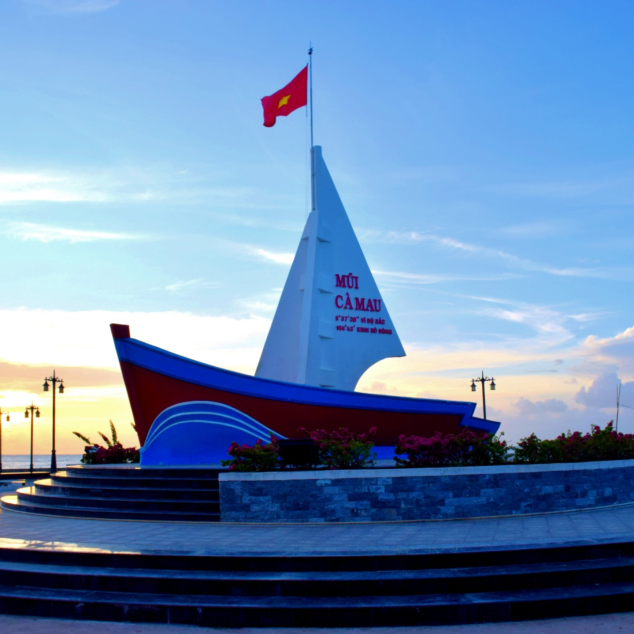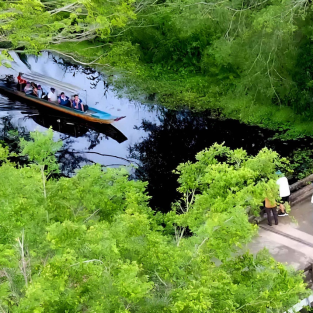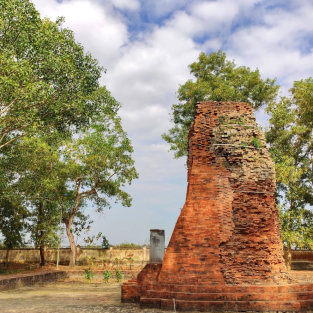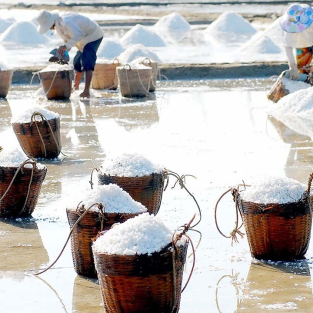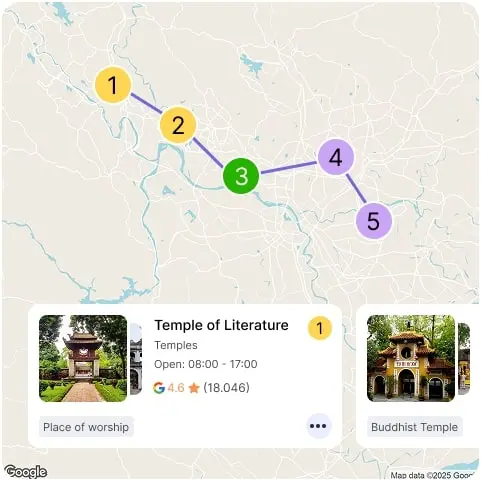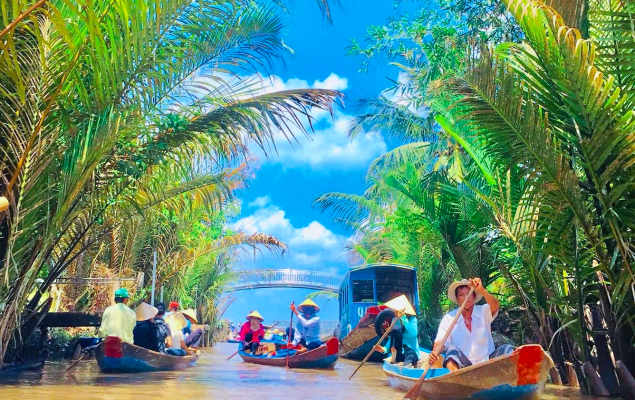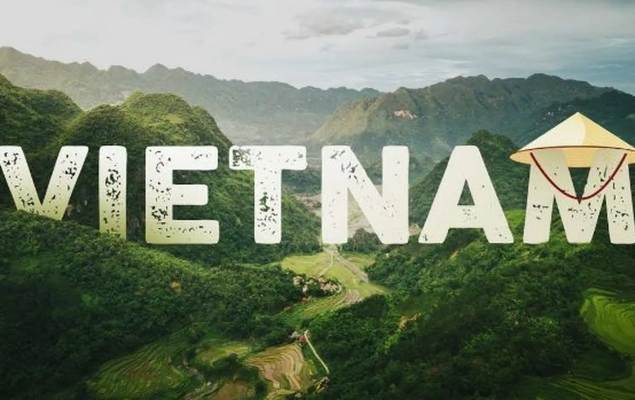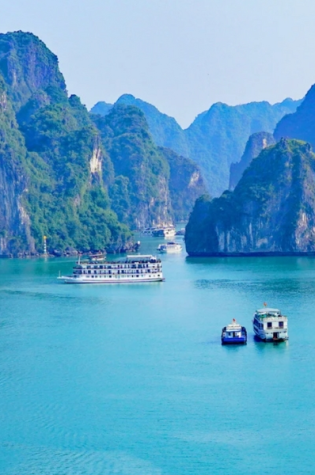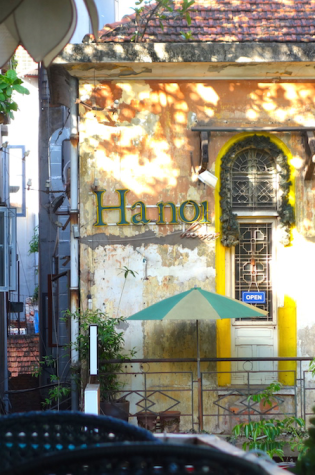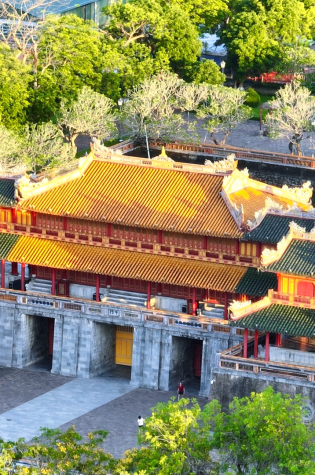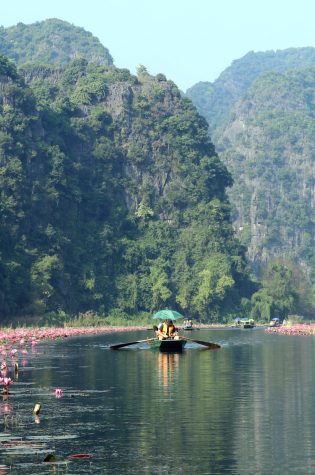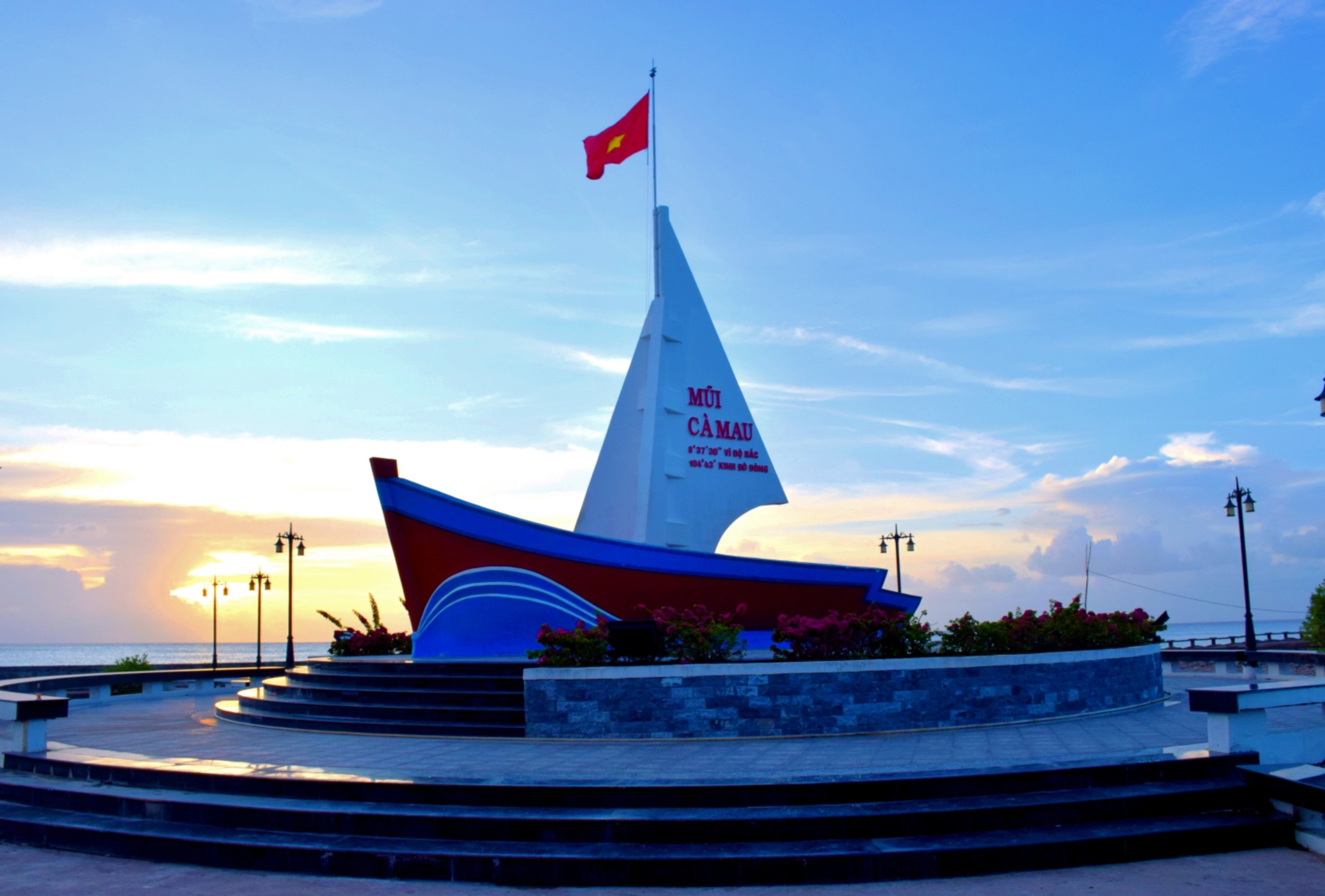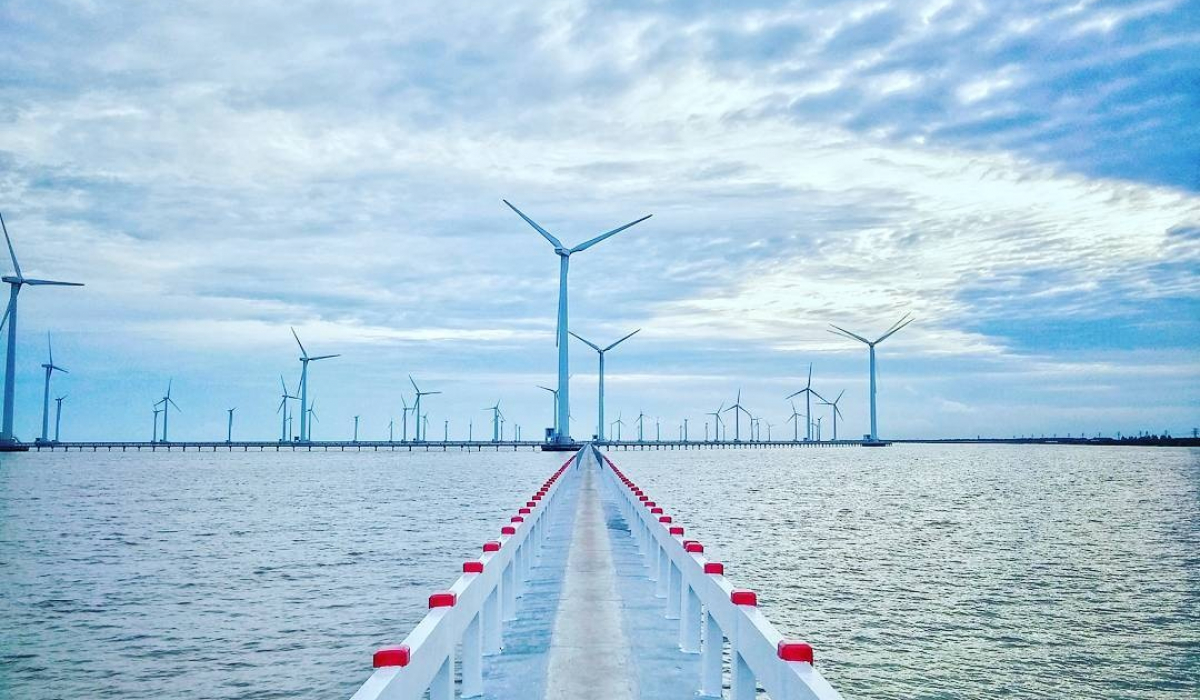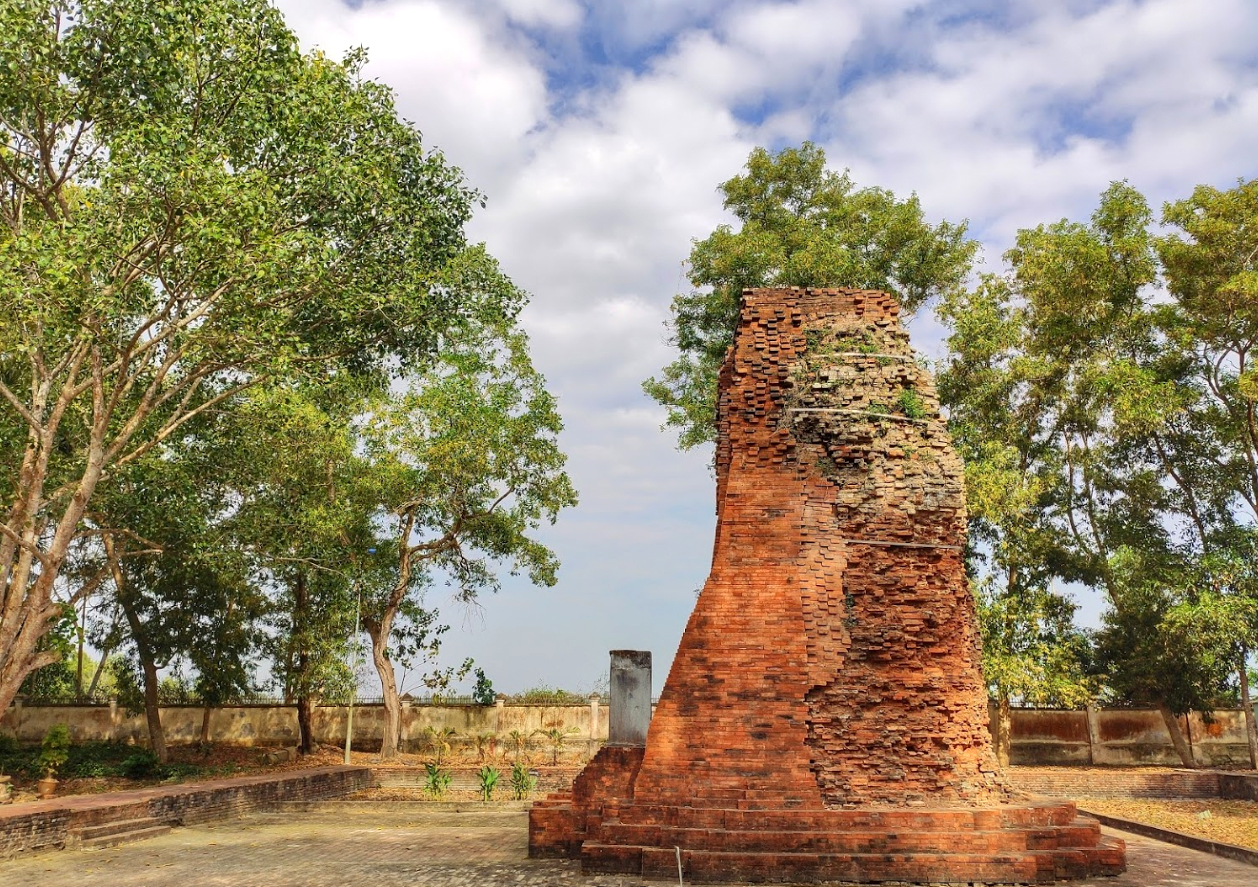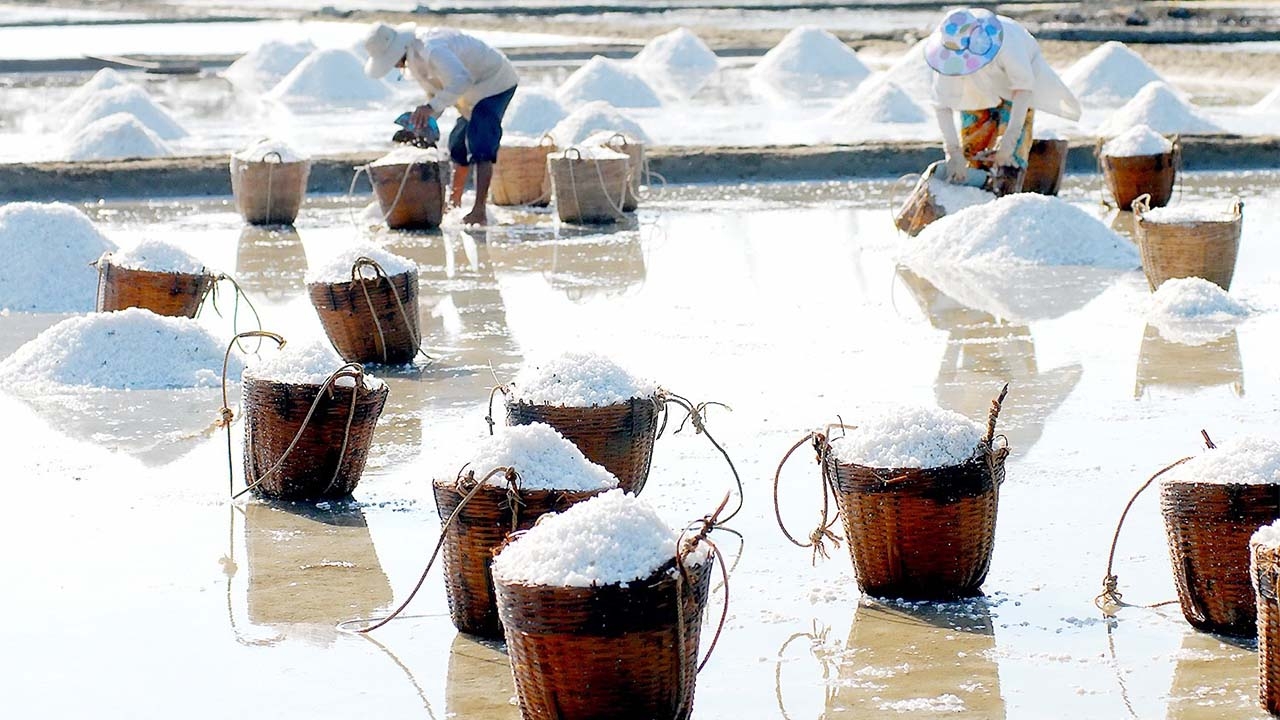At the southern tip of Vietnam, Ca Mau offers travelers a unique journey into the heart of the Mekong Delta’s most authentic landscapes and lifestyles. This is a region where life is intertwined with water—floating villages drift along winding canals, fishing boats set out daily into the Gulf of Thailand, and mangrove forests stretch endlessly toward the horizon.
Beyond its coastal culture, visitors will find stories etched into the land through folk traditions, spiritual landmarks, and vibrant local communities. From exploring the Ca Mau Cape—the country’s southernmost point—to visiting bird sanctuaries, traditional salt fields, or the cultural spaces of Don Ca Tai Tu music, each moment in Ca Mau invites deeper discovery.
For travelers seeking experiences that go beyond the ordinary, Ca Mau opens the door to a Vietnam that is both remote and deeply connected, where nature, heritage, and hospitality welcome you at every turn.
Reaching Ca Mau has become more convenient in recent years, with improved transportation links connecting this southernmost province to the rest of Vietnam.
- By air: Ca Mau Airport (CAH) operates daily flights between Ho Chi Minh City and Ca Mau, offering the fastest way to travel. The flight takes about 60 minutes, making it an easy gateway for visitors coming from central and northern Vietnam via Tan Son Nhat International Airport.
- By road: Highway routes link Ca Mau with major Mekong Delta cities, including Can Tho, Bac Lieu, and Soc Trang. From Ho Chi Minh City, the road journey takes approximately 6 to 7 hours via National Highway 1A or the expressway through Trung Luong and My Thuan. Limousine services, sleeper buses, and private cars are widely available.
- By water: For those interested in a more immersive travel experience, boat routes and river cruises along the Mekong’s intricate waterways offer a scenic way to reach Ca Mau from neighboring provinces.
- Local transportation: Once in Ca Mau, taxis, motorbike rentals, and boat services provide flexible options for exploring the province’s towns, floating markets, national parks, and coastal landmarks.
Ca Mau enjoys a tropical monsoon climate, making it a year-round destination for travelers seeking both cultural immersion and natural exploration.
- Dry Season (December to April): This is the most popular time to visit, with lower humidity, clear skies, and temperatures averaging between 25°C and 30°C. It’s ideal for discovering the Ca Mau Cape, exploring mangrove forests, and visiting coastal fishing villages when the weather is at its most comfortable.
- Rainy Season (May to November): While rainfall is frequent, especially from July to September, this period transforms the landscape into a lush, vibrant ecosystem. It’s a prime time for birdwatching in U Minh Ha National Park and experiencing the life of floating markets at their busiest.
Festivals and cultural events—such as the Nghinh Ong Festival and folk opera performances—take place throughout the year, offering authentic local experiences no matter the season.
Ca Mau is gradually becoming more accessible for travelers of all abilities, though some areas still feature basic infrastructure due to the region’s remote and natural landscapes.
In Ca Mau City and major towns, many hotels, restaurants, and public spaces are improving facilities to better accommodate visitors with limited mobility. Newer accommodations often provide elevators, ramps, and accessible restrooms, while tourist centers are increasingly mindful of inclusive services.
Nature-based attractions like the Ca Mau Cape Landmark and U Minh Ha National Park are working to enhance visitor access. Boardwalks, observation decks, and guided boat tours allow travelers to explore the wetlands without disrupting the delicate ecosystem, although certain remote areas may still require extra planning.
Private transfers, ride-hailing apps, and local tour operators can help arrange customized itineraries, ensuring travelers of all abilities can enjoy the unique cultural and natural heritage of Vietnam’s southernmost destination.

